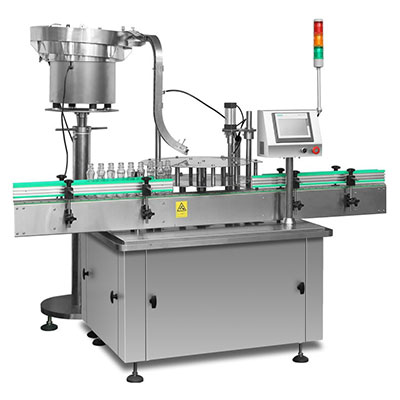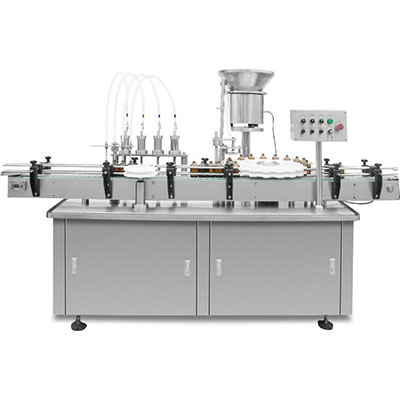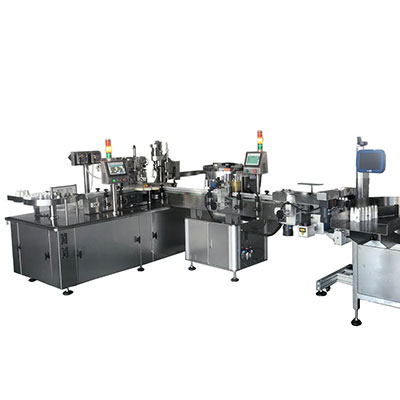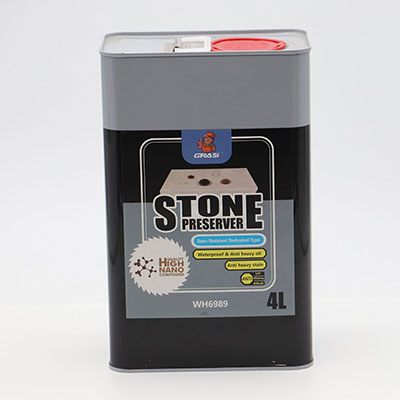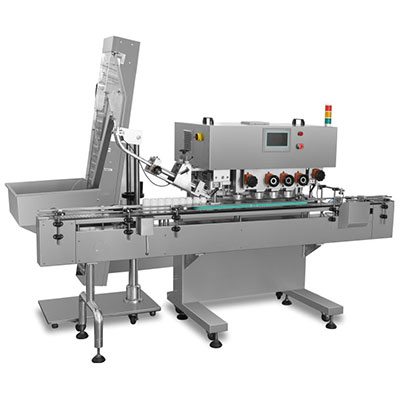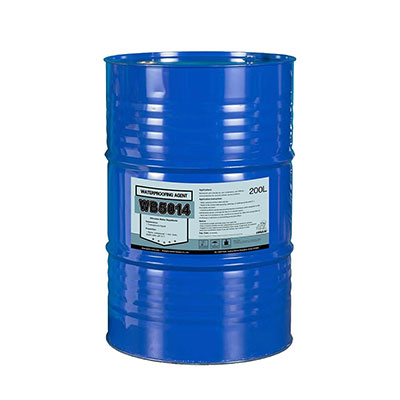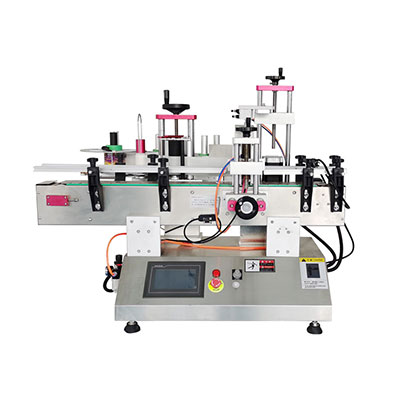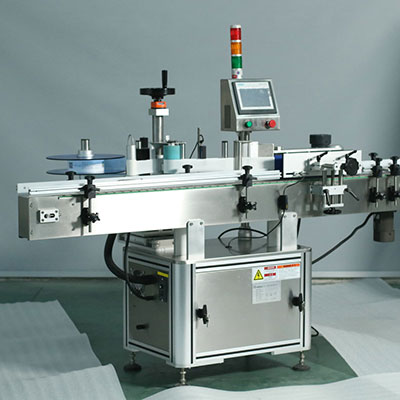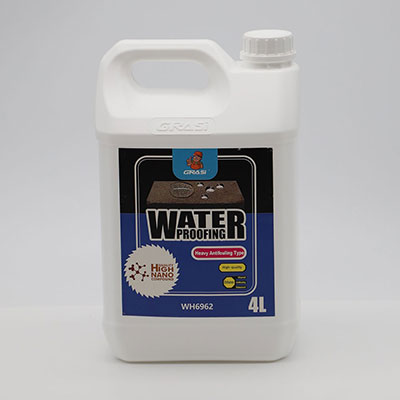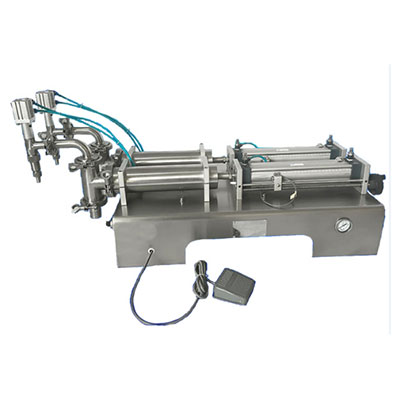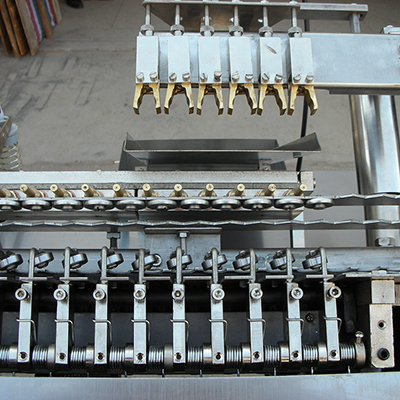Thermal Conductivity Gas Analyzer SR-2050Ex
Introduction Principle: The thermal conductivity gas analyzer is an instrument for analyzing gas composition by measuring the change of thermal conductivity of mixed gases. It can be used to measure H2, He and other gases. Advantages: The traditional thermal conductivity gas analyzer has many shortcomings in a low range measurement. For example, it cannot detect trace components because the sensor has low detection sensitivity and is greatly affected by background gas. The micro-sensor (MEMS) manufactured by HFSR company features a high precision and integration micro-processing technology that has a high detection accuracy and stable performance.
Main specifications
Selection Guide
Type: Hydrogen Analyzer SR-2050A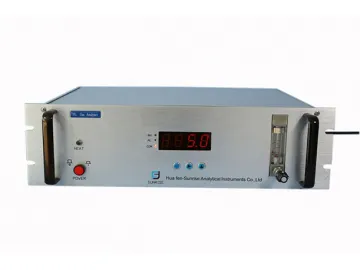
Ammonia Production Gas Analyzing Air Separation Gas Analysis
Main specifications
| Range | 0-100% |
| Scale interval | 0.001 |
| Repeatability | ±2% FS |
| Zero drift | £±2% FS/7D |
| Span drift | £±2% FS/7D |
| Response time | T90< 5S |
| Sample gas flow rate | 500mL/min |
| Preheating time | 15min(Can be operated); 30min(maximum accuracy) |
| Signal output | 4-20mA/750Ω, RS485/232 (Optional) |
| Alarm | High-limit alarm, low-limit alarm |
| Temperature and humidity | 0-45°C, 20-80%RH |
| Power supply | 220VAC, 50Hz, adjustable to local frequency |
Selection Guide
Type: Hydrogen Analyzer SR-2050A
Intelligent, digital display
Type: Hydrogen Analyzer SR-2050BIntelligent, LCD display with function of trend map
Application areasThermal conductivity gas analyzers are widely used in chemical fertilizer, petroleum, chemical industry, metallurgy, power, hydrogen production and biogas fermentation industries.

Ammonia Production Gas Analyzing Air Separation Gas Analysis
Scan QR to Read
Links:https://www.globefindpro.com/products/24850.html
Links:https://www.globefindpro.com/products/24850.html
Recommended Products
-
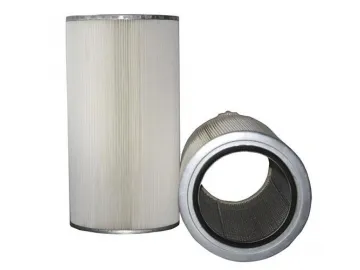 Laminated Cartridge Filter Element
Laminated Cartridge Filter Element
-
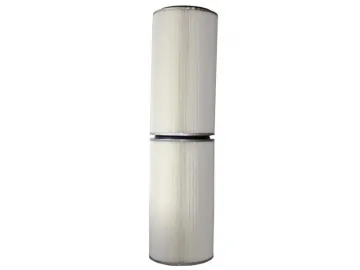 Cartridge Filter Elements, TORAY Nonwoven Fabric Filtration
Cartridge Filter Elements, TORAY Nonwoven Fabric Filtration
-
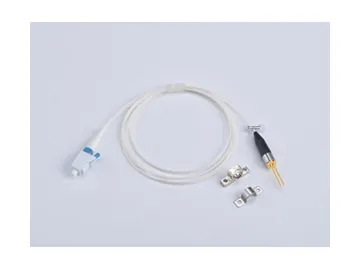 650nm Pigtailed Laser Diode Module
650nm Pigtailed Laser Diode Module
-
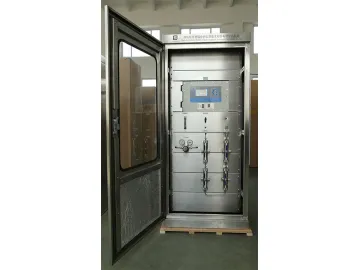 Industrial Gas Analysis System
Industrial Gas Analysis System
-
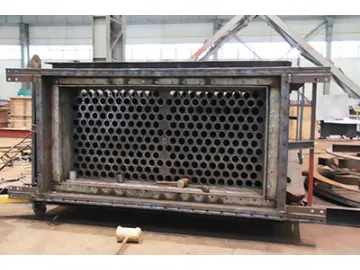 Boiler Air Preheater
Boiler Air Preheater
-
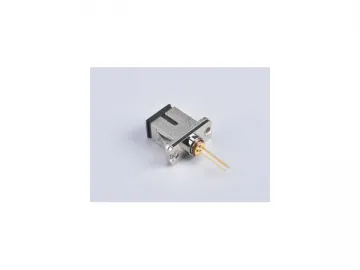 Small Area InGaAs Photodiode
Small Area InGaAs Photodiode
-
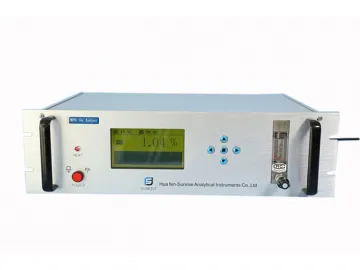 Non Dispersive Infrared Gas Analyzer (NDIR) SR-2000
Non Dispersive Infrared Gas Analyzer (NDIR) SR-2000
-
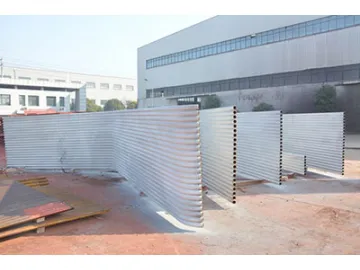 Water Wall Panels
Water Wall Panels
-
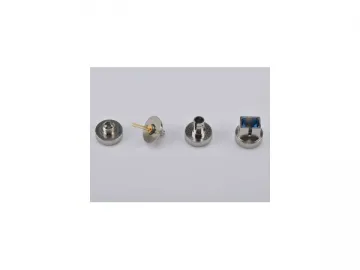 Large Area InGaAs PIN Photodiode
Large Area InGaAs PIN Photodiode
-
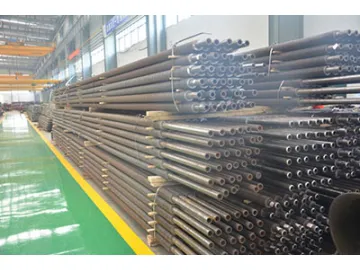 Boiler Fin Tube
Boiler Fin Tube
-
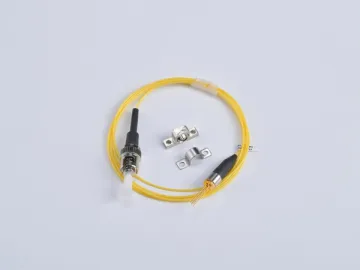 60mw-80mw 1310nm Pulse Laser Diode
60mw-80mw 1310nm Pulse Laser Diode
-
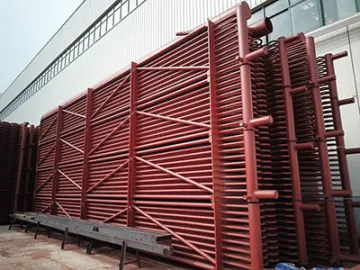 Boiler Economizer
Boiler Economizer
